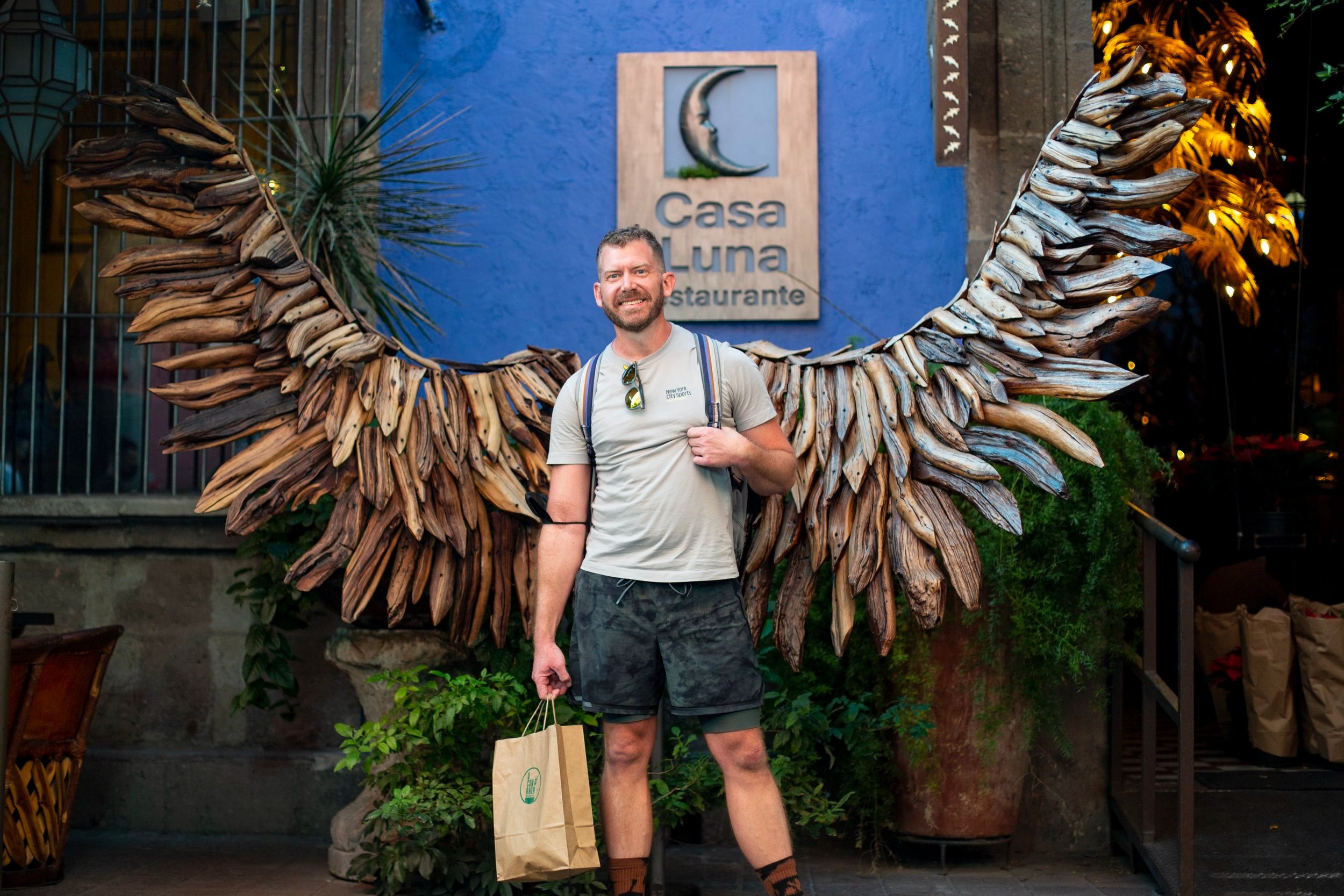Difference between Mexican Colonial and Hacienda Interior Design Styles en Pocas Palabras
Earlier this year, I moved from a modern renovated flat in a converted 1950s medical building in Ladrón de Guevara to an apartment in a grand Colonial style casa in Centro, Guadalajara. I was amazed at how quickly I adapted to the different styles of design, decor, and living that these styles dictate. I think we live different lives in different types of architecture. Our surroundings influence us much more than most people want to acknowledge or even notice.
I have also recently had a new furniture and design client from Chicago, bring me an exciting new hacienda style project they are building in San Pancho, Nayarit. I love when new clients and projects force you to stretch just a little bit further. Although I visually know the Hacienda style in Mexico. I wanted to do a bit of research on the two styles.
Colonial and Hacienda styles share similarities but are not exactly the same, though they often overlap in Mexican interior design. Here’s a breakdown of each:
Colonial Style:
Historical Influence: Colonial style refers to the design elements brought to Mexico by the Spanish during the colonial period (16th-19th centuries). It combines European, especially Spanish, influences with indigenous Mexican traditions.
Architecture: Colonial architecture includes features like thick adobe or stucco walls, arched doorways, high ceilings, and small, interior courtyards. It’s known for its elegance and grandeur.
Materials: The materials used are typically natural and rustic, like wood, stone, terracotta, and iron. The furniture is often hand-carved, solid wood with dark finishes.
Decor: This style incorporates Talavera tiles, religious iconography, wrought iron chandeliers, and hand-carved wooden furniture. The color palette features earthy tones and vibrant accents.
Hacienda Style:
Historical Influence: Hacienda style refers specifically to the grand estate homes or ranches in the Mexican countryside, originally built by Spanish landowners. While rooted in colonial design, Hacienda style is more rural, practical, and suited for larger, sprawling spaces.
Architecture: Hacienda homes are typically larger and more open, often single-story with expansive courtyards, arched loggias, and sprawling grounds. These estates were functional, designed for large-scale farming or ranching.
Materials: Like Colonial style, Hacienda style also uses natural materials such as heavy woods, terracotta, stone, and adobe, but it leans more toward rustic and practical finishes.
Decor: Hacienda interiors often feature more rustic and robust furnishings, including leather furniture, large wooden tables, and earthy textiles. There’s a strong emphasis on comfort and function, with open, airy spaces and decorative elements like woven textiles and pottery.
Key Differences:
Scale: Hacienda design is usually larger and more spread out, while Colonial style can be applied to smaller homes or urban spaces.
Rural vs. Urban: Hacienda style has a rural, ranch-like feel, while Colonial style can be more urban, refined, and influenced by European grandeur.
Functionality: Hacienda design was born out of the need for functional ranch estates, so it often incorporates larger, more practical spaces, like vast kitchens and open courtyards for entertaining and farming needs.
Overlap:
Both styles share Spanish influence, similar use of materials like terracotta and wrought iron, and an appreciation for handcrafted elements.
Decorative features like Talavera tiles, exposed wooden beams, and rustic furniture appear in both styles.
In summary, Colonial style is more about the formal and historic European-Mexican blend, while Hacienda style is a more rustic, rural interpretation, rooted in large estate homes with practical, functional elements.
Transform your home with our All-Inclusive Home Transformation Program, designed for homeowners in Mexico. This program helps you redesign your space with expert support, ensuring it meets your vision.
By joining our waiting list, you can be among the first to access this program from October 24 to 30, but spots are limited. Don’t miss your chance to work with professionals dedicated to creating your dream home.
Our services include design consultations and project management, offering quality work and personalized service. Whether you want to modernize, improve functionality, or refresh your home’s look, our team is here to help.
Join our first come first serve waiting list today and start revitalizing your home. Experience the benefits of our all-inclusive program and discover your home's potential. Act now—your dream home is within reach!



